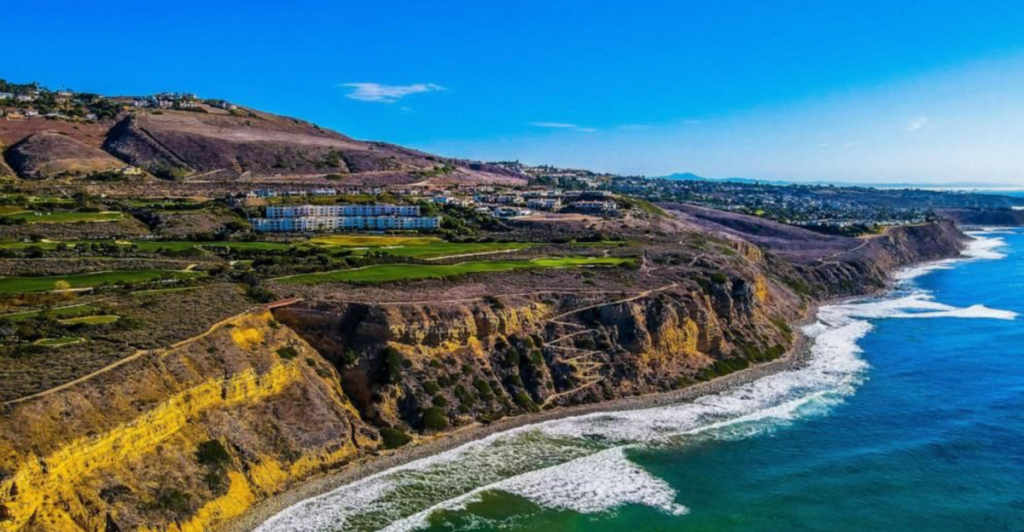
NASA has recently noticed in a study that California’s coastal region is being impacted by rising sea levels differently from many other countries. A remote sensing scientist at NASA, Marin Govorcin, noted, “In many parts of the world, like the reclaimed ground beneath San Francisco, the land is moving down faster than the sea itself is going up.”
Land Subsidence
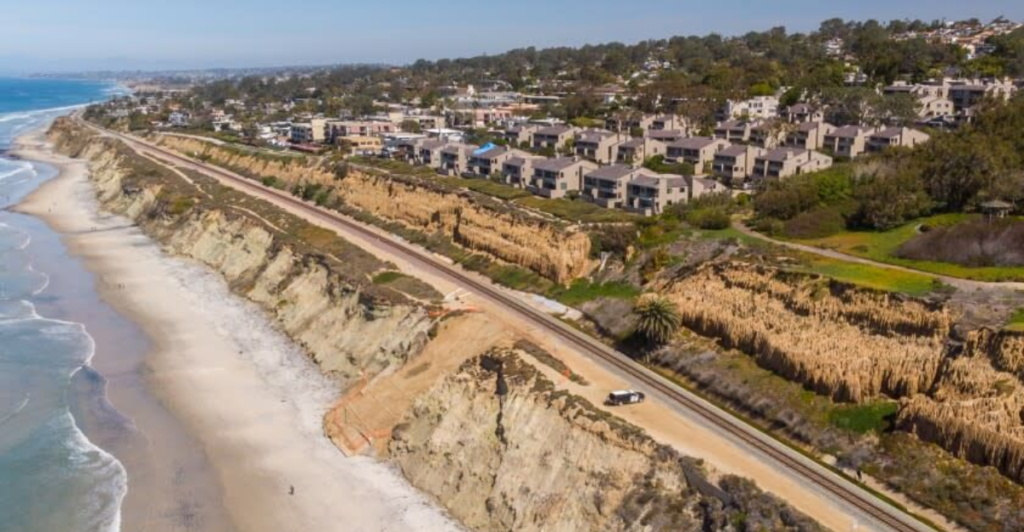
Rising sea levels generally impact coastal regions across the world at the same rate. However, the effect is more exacerbated by local land subsidence, where the ground sinks as the sea levels slowly rise. This can be especially prominent in places like the San Francisco Bay area.
How It Happens
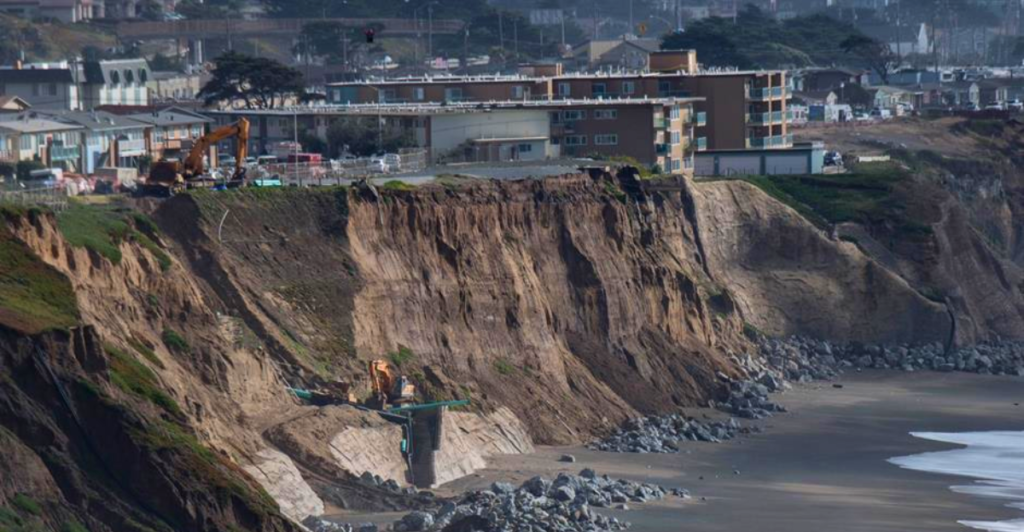
There are many reasons why land subsidence can accelerate, including both natural and human imposed factors. Groundwater pumping loses soil integrity, which contribute to the sinking of the ground. Regions like Central Valley are seeing the result of these practices.
Rising Sea Levels

Scientists have studied the California coastline, and approximate that in the next 25 years, sea levels could rise anywhere from six to fourteen inches. This is without taking land subsidence into account, which would have a dramatic effect on the just how far sea levels rise.
Landslides
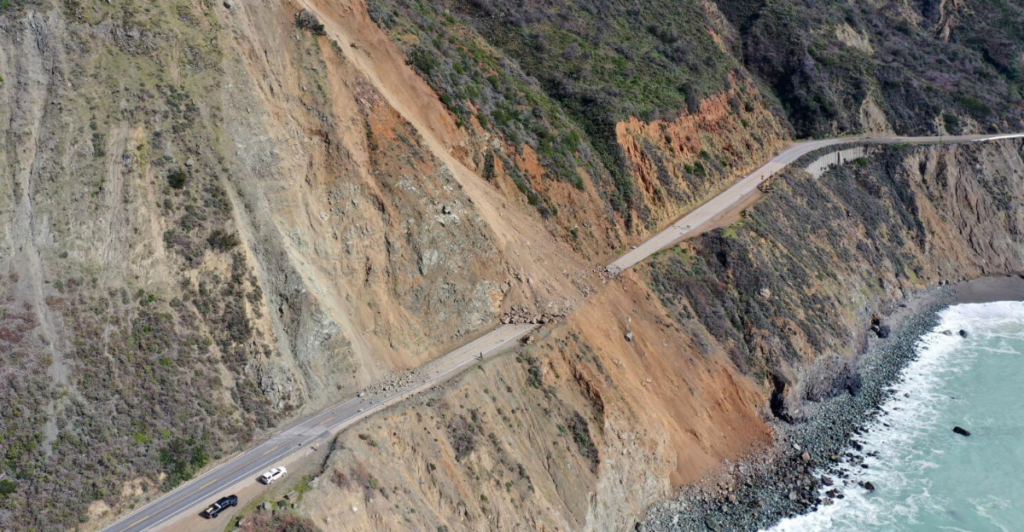
Landslides are another factor in land subsidence. The Big Sur mountains and Palos Verdes Peninsula are often impacted by slow-moving landslides. The volume of the moving landmass contributes to the sinking of the ground.
Taking Land Subsidence Into Account
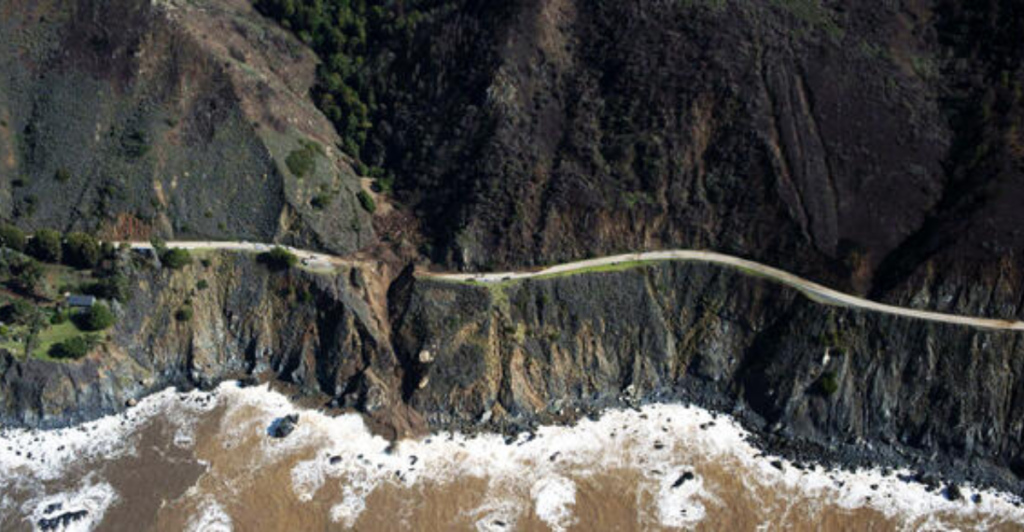
With land subsidence further leading to coastal regions going below the sea line, more than 17 inches could be lost, with sea levels rising and the ground sinking. The Bay Area would see these effects the most.
Affected Areas
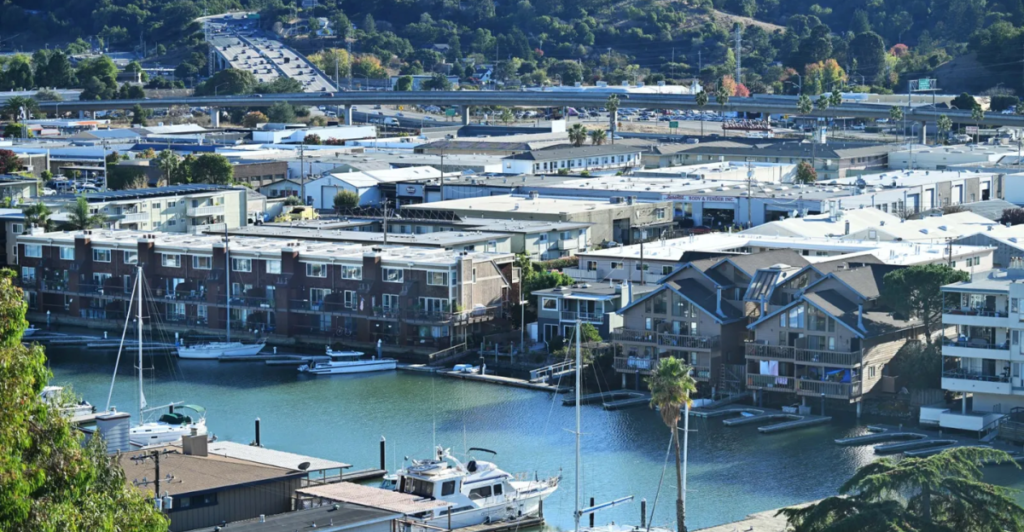
Other areas that would be the most threatened are San Rafael, Corte Madera, Foster City, and Bay Farm Island. These places are at risk due to their already low elevations and accelerating land subsidence. As the water line rises, they could face increased disaster frequencies.
Risks
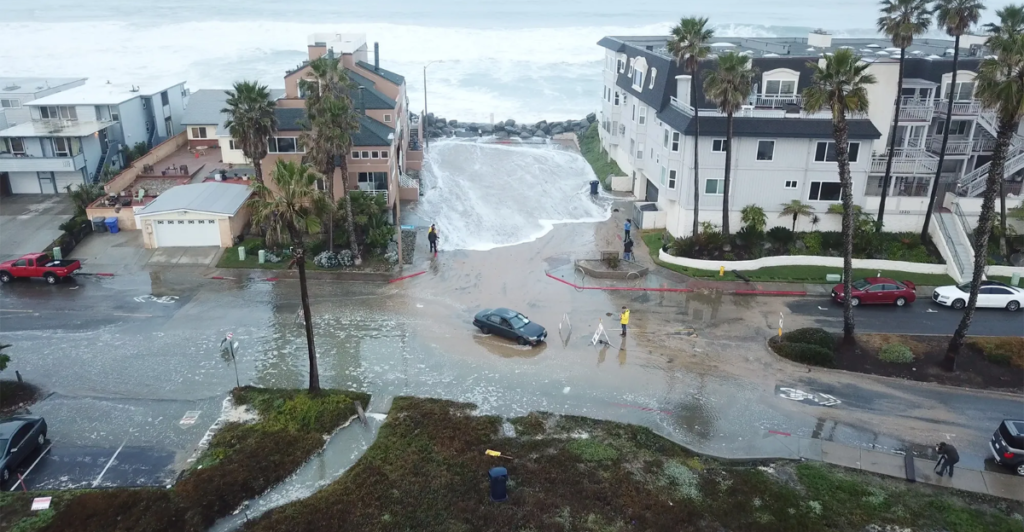
The areas wouldn’t just be in danger of losing landmass to the ocean but many other risks, including more flooding in especially low lying areas and cross-water contamination. This would affect the local ecosystem as their natural chemistry would become altered.
Local Ecosystems
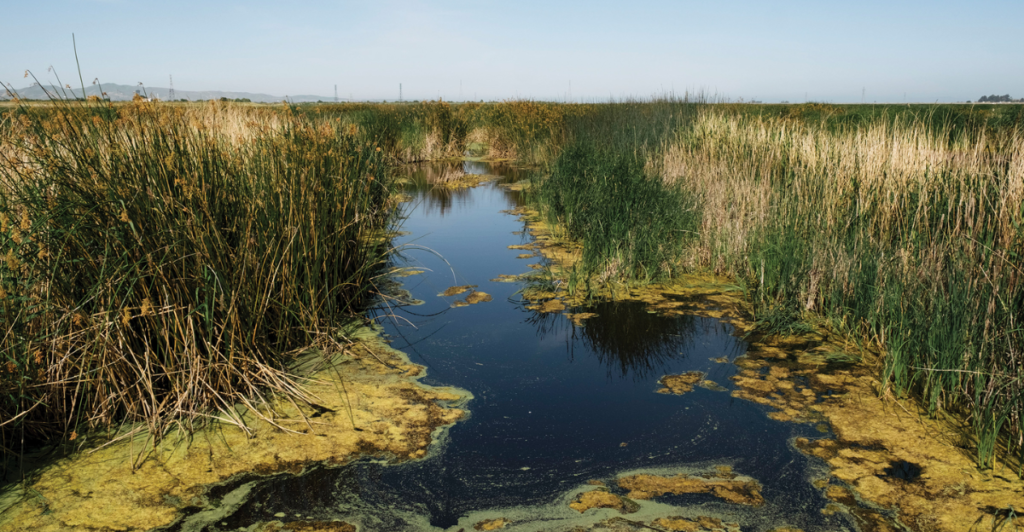
`Saltwater introduced into freshwater wetlands could completely change the habitat, turning them into saline environments. As local wildlife living in the freshwater environments are introduced to high-salinity water, they could die out if they don’t migrate or adapt. This would lead to a loss in biodiversity.
Nutrient Mobilization
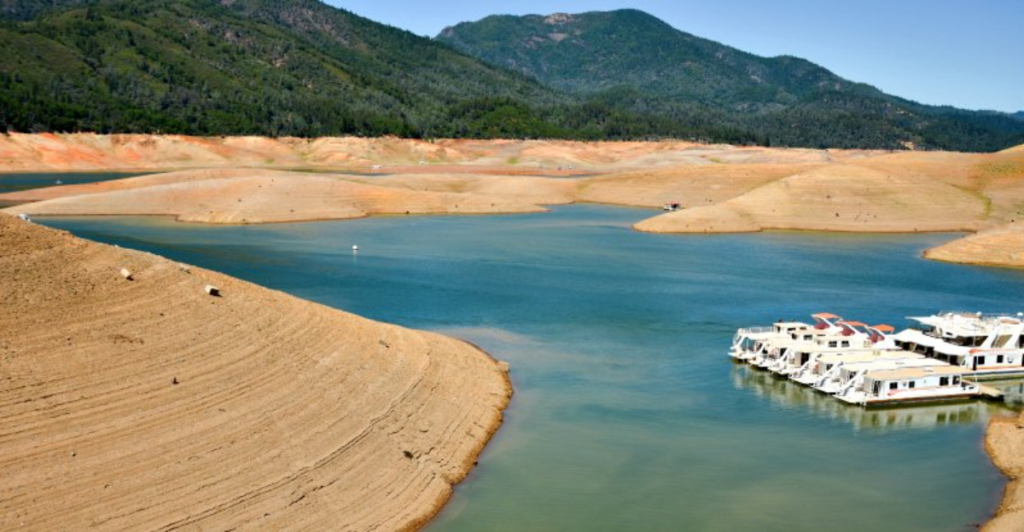
As salinity in freshwater environments rises, nutrients can become trapped, which would promote algae growth. When algae decompose, they consume a lot of oxygen, which kills off many local species and destroys local habitats.
Effects On Other Wildlife
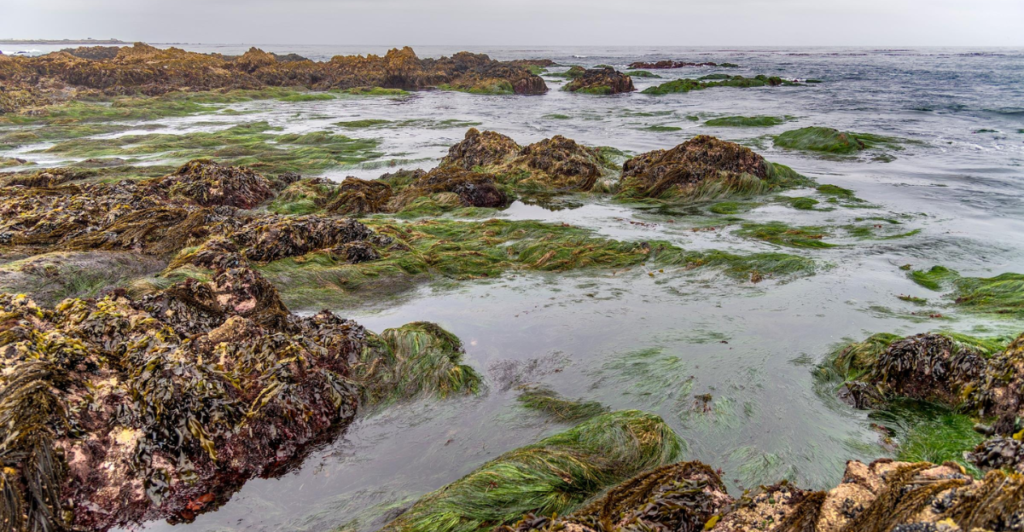
Both aquatic and terrestrial species are sensitive to change in saline levels. These affects can disrupt entire food chains and lead in a decline in local populations. Local trees will also start to die with increased saline, affecting birds and other animals that use them for shelter and as a source of food.
Economic Impact
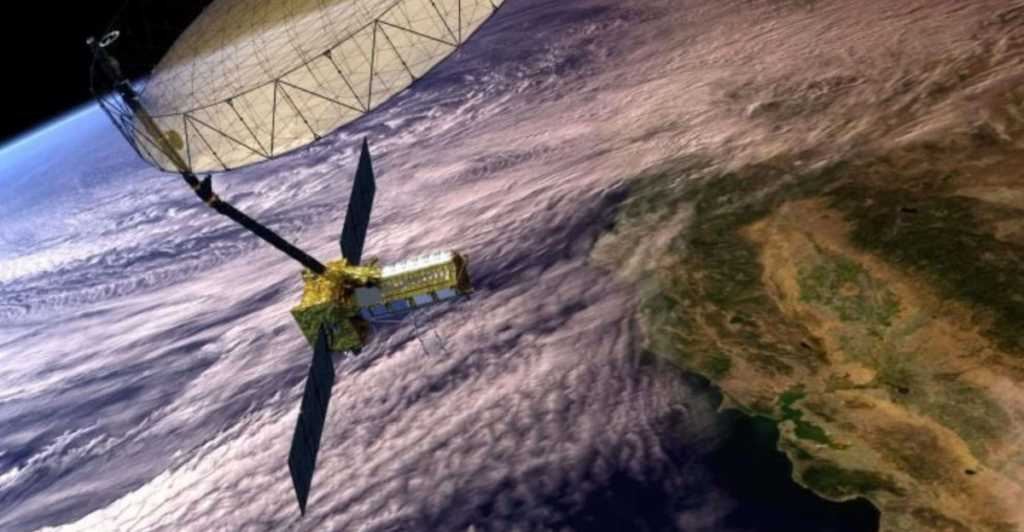
Other than the loss of vital species, there are economic implications as well. There are many coastal properties, which could all be damages or lost to the water line as the ground further sinks and the sea levels rise. NASA’s projections are important for communities to prepare and adapt to these circumstances.
Continuing Challenges
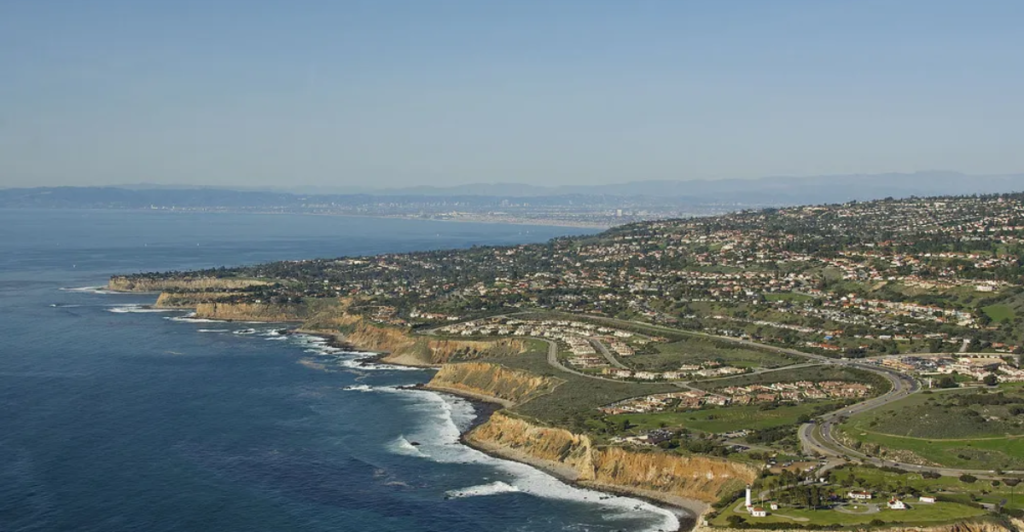
The challenging factors leading to both rising sea levels and land subsidence cannot be solved overnight. It will take a lot of initiative and a proactive approach to save the coastline, which houses both local residents and substantial wildlife.
Explore more of our trending stories and hit Follow to keep them coming to your feed!

Don’t miss out on more stories like this! Hit the Follow button at the top of this article to stay updated with the latest news. Share your thoughts in the comments—we’d love to hear from you!







